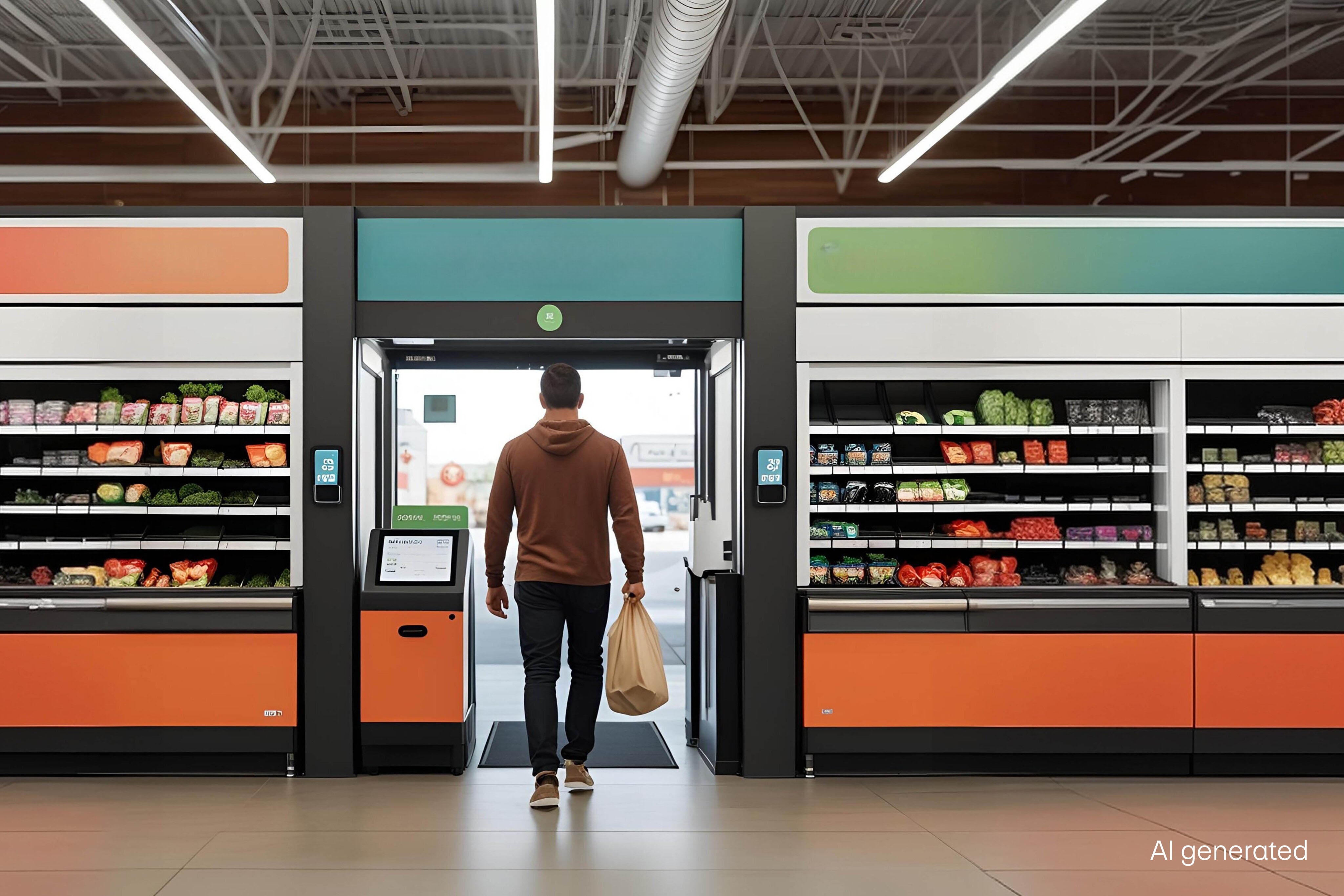Embedded payments are seamlessly integrated into the customer experience – for example, in apps or automated checkout systems. That means that payment is made where the purchase takes place, without media disruption or redirection to a payment process. Well-known examples include UBER, the in-app payment option in the Migros app, or Amazon’s 1-click checkout.
Invisible payments are a subset of embedded payments that go one step further: the payment is triggered entirely in the background, without any active effort on the part of the customer – for example, by sensors when leaving a shop or automatic debiting in apps. Embedded payments allow retailers to achieve better conversion rates thanks to faster checkout, customer-centric shopping experiences without media disruption, and new business models such as subscriptions (regular, automatic payments for an ongoing service, e.g. a monthly subscription), pay-as-you-go (payment only for actual use, e.g. for mobile phone or cloud services) and on-demand services (services that can be accessed as needed, e.g. streaming or food delivery).



